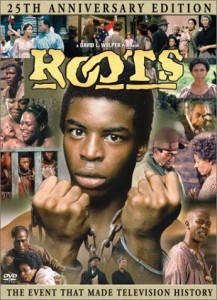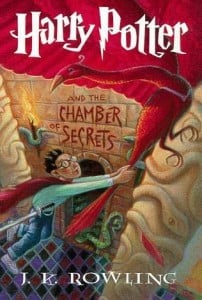 I’ve just started a unit on slavery, the Revolutionary War, and the Civil War, leading to a study of the Civil Rights and Human Rights. I know, I know. Sometimes I bite off more than I can chew. I keep explaining to the students that it is all intertwined and we can’t separate these issues of freedom and slavery.
I’ve just started a unit on slavery, the Revolutionary War, and the Civil War, leading to a study of the Civil Rights and Human Rights. I know, I know. Sometimes I bite off more than I can chew. I keep explaining to the students that it is all intertwined and we can’t separate these issues of freedom and slavery.
Our word for the unit is dilemma. We’re trying to look at the dilemmas that the slaves faced, the people faced leading up to and during the Revolutionary War, the slave-owners faced, and the people faced leading up to and during the Civil War. What would they have done? Would they have chosen to throw themselves off the slave ships as some slaves did or chosen to survive if at all possible?
We’re reading My Brother Sam is Dead to get a taste of the Revolutionary War. Not all of the students are spell bound, but many are due to the extreme engagement of a few deep thinkers who are also class leaders. We had an extended discussion on whether Sam was right when he said we need to be ready to die for our principles. What a dilemma. (Many preferred the idea of speaking against their principles rather than dying.)
We’re reading sections of the social studies textbook and then summarizing using sticky notes or writing about the dilemma faced in that particular section. Then, we watch Roots–the perfect movie to build background knowledge and show how these events are intertwined.
I know after we finish building background knowledge using these resources that we will involve ourselves in some sort of inquiry that will have us focusing on non-fiction reading and writing for a while. I’m not sure where we’re going with this, but the ride is more than satisfactory.
Note: I have to spend quite a bit of time covering up frontal nudity in the first movie and masters bedding “wenches” in other sessions, but it is quite worth it. We also have to discuss some of the language, but I feel this is a good thing for my students to know.


